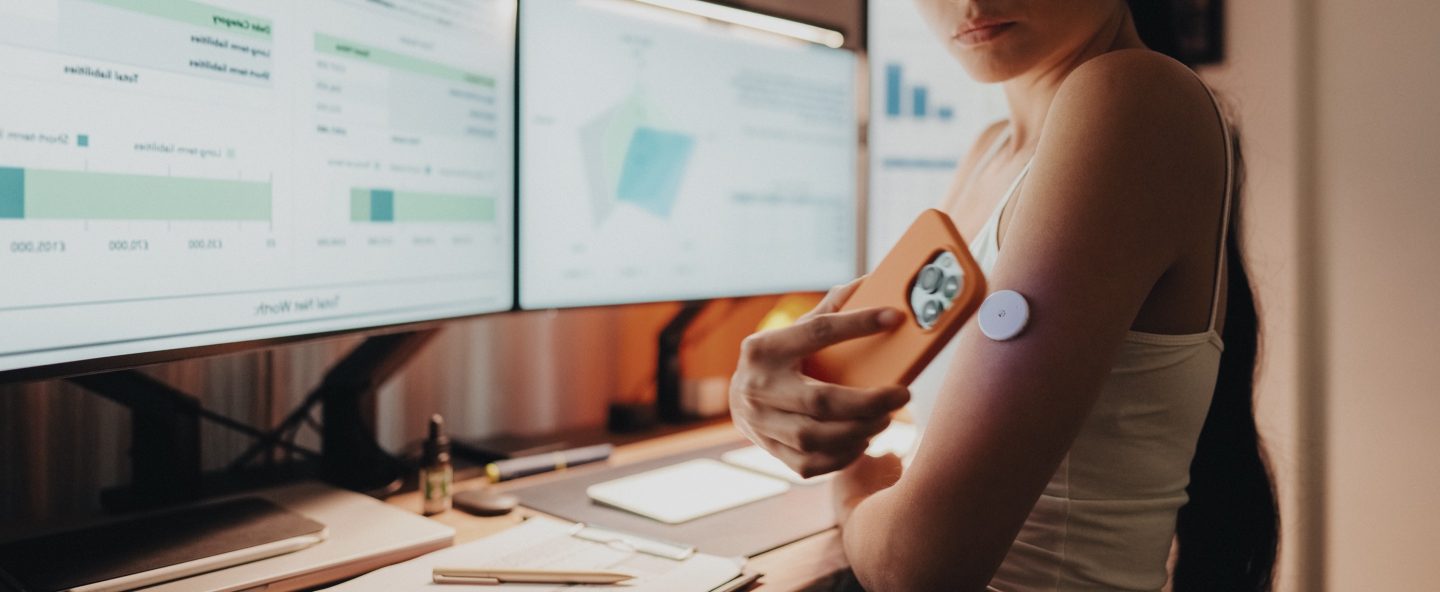Riedel L, Uscher-Pines L, Mehrotra A, Busch AB, Barnett ML, Raja P, & Huskamp HA. (2021). Use of telemedicine for opioid use disorder treatment – Perceptions and experiences of opioid use disorder clinicians. Drug and Alcohol Dependence, 228, 108999–108999. https://doi.org/10.1016/j.drugalcdep.2021.108999
Researchers conducted a national online survey to assess clinician use of and perspectives about telemedicine for opioid use disorder (OUD) during the COVID-19 pandemic. Clinicians, including psychiatrists, nurse practitioners, primary care providers, and physician assistants, were recruited from WebMD/Medscape’s online panel (N=602). The survey focused on the use of telemedicine to treat OUD in the last month. Questions included clinician training, patient population served, OUD visit delivery, barriers to telemedicine, and opinions on effectiveness of telemedicine. Findings showed that on average 57% of visits were via telemedicine. The majority of clinicians (63%) reported telemedicine was as effective as in-person care. Ninety percent said they were comfortable using video for clinically stable patients and 49% said the same for clinically unstable patients. Seventy percent of clinicians preferred to return to in-person care following the pandemic, but 95% wanted to continue to offer telemedicine in some form. Significantly higher comfort levels were found among clinicians with at least 30% of their patient caseload composed of those with OUD compared to clinicians with fewer patients with OUD. Further, clinicians with at least 60% Medicaid and uninsured patients were significantly more likely to have conducted visits via audio-only methods and also preferred to continue using telemedicine after the pandemic compared to those with fewer Medicaid patients. These findings could inform how telemedicine is used for OUD treatment moving forward; however, there remains uncertainty about the use of audio-only visits and reimbursement levels.
